From fish and chips to Peking duck, every destination in the world has that one dish you just HAVE to try while you’re in town. We’ve asked 23 bloggers in the world’s top cities to reveal their local must-try specialty and where to get it.
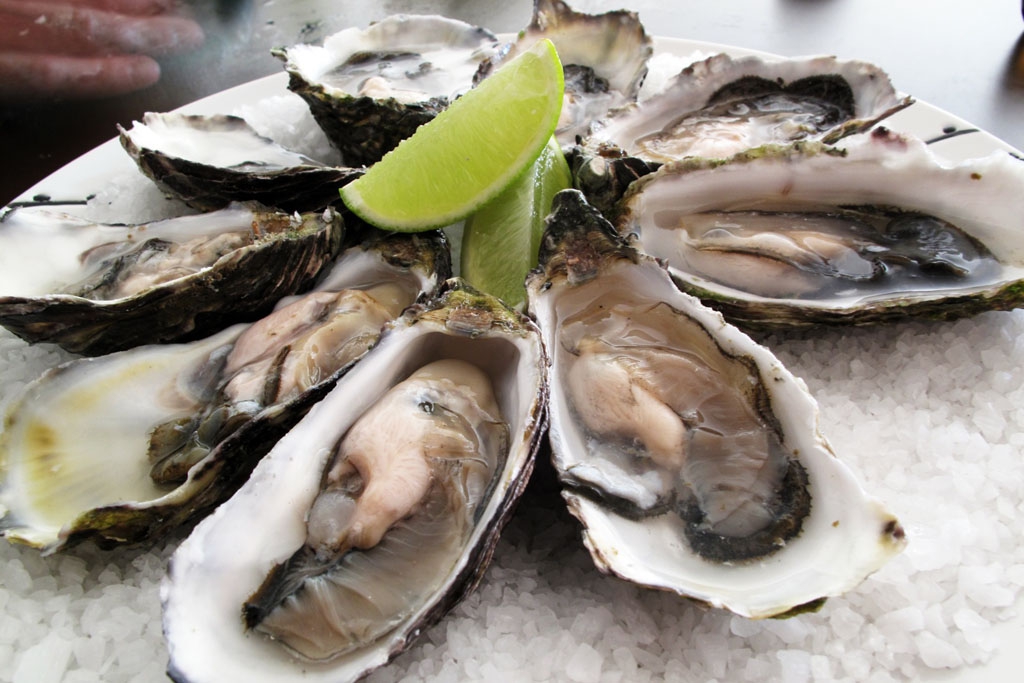
Auckland, New Zealand: Bluff Oysters
Anne-Marie of Auckland Food Tours says: “Auckland is an absolute melting pot when it comes to food. With so many different cultures and ethnicities making up the city, it’s hard to pinpoint just one must-try dish when visiting Auckland. But for me, it would have to be our world famous Bluff Oysters.
Grown slowly in the cold and pristine arctic waters of the Foveaux Strait, at the bottom of the South Island of New Zealand, Bluff Oysters are packed full of supreme flavour. They’re in season from March ‘til about August, and are an absolute must-have delicacy when in New Zealand. They’re said to be the most flavoursome in the world.
There are countless places in Auckland where you can indulge in a plate full of fresh Bluff Oysters, but my absolute favourite has to be the Bluff Oysters at Orphan’s Kitchen in Ponsonby. Served with Champagne granita, wakame and shallot, they perfectly exemplify the stunning pacific rim cuisine of New Zealand, and their combination with Bluff Oysters are to die for!”
From hidden gem eateries to the best specialty food stores, Auckland Food Tours cover the best this city has to offer. Follow them on Facebook, Twitter or Instagram. [Photo: Wikimedia commons]
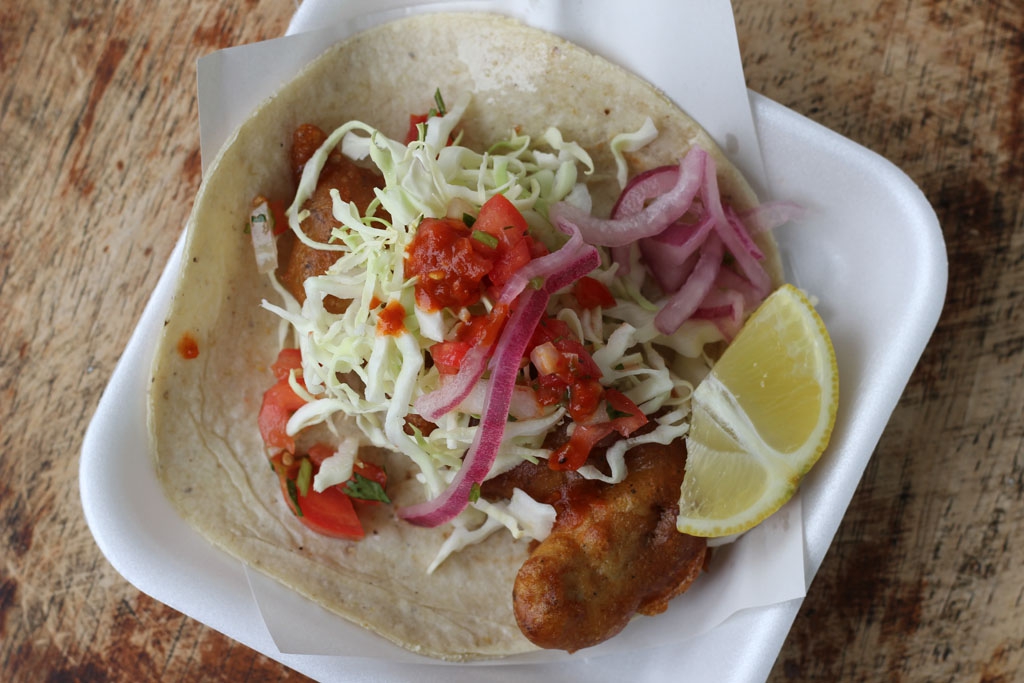
Baja California, Mexico: Fish Tacos
Kristin Diaz de Sandi of the blog Life and Food says: “No visit to Baja California would be complete without enjoying the quintessential fish taco. Dogfish, mako shark, or another firm white fish is fried to golden brown perfection, then placed inside of a warm corn tortilla and topped with the garnishes.
The fixings consist of shredded cabbage, a squeeze of fresh lime juice, pico de gallo, a drizzle of cool crema, and if you would like to add some heat, green or red salsas. The ideal spot to grab one of the best fish tacos in the region is at the street side stand El Fenix (Corner of Espinoza and Juarez) in the beautiful port city of Ensenada.”
Life & Food is a modern journal that details the lifestyle and culinary experiences all over Baja California, Southern California, and beyond. Follow on Instagram, Facebook, and Twitter. [Photo Credit: Life & Food]
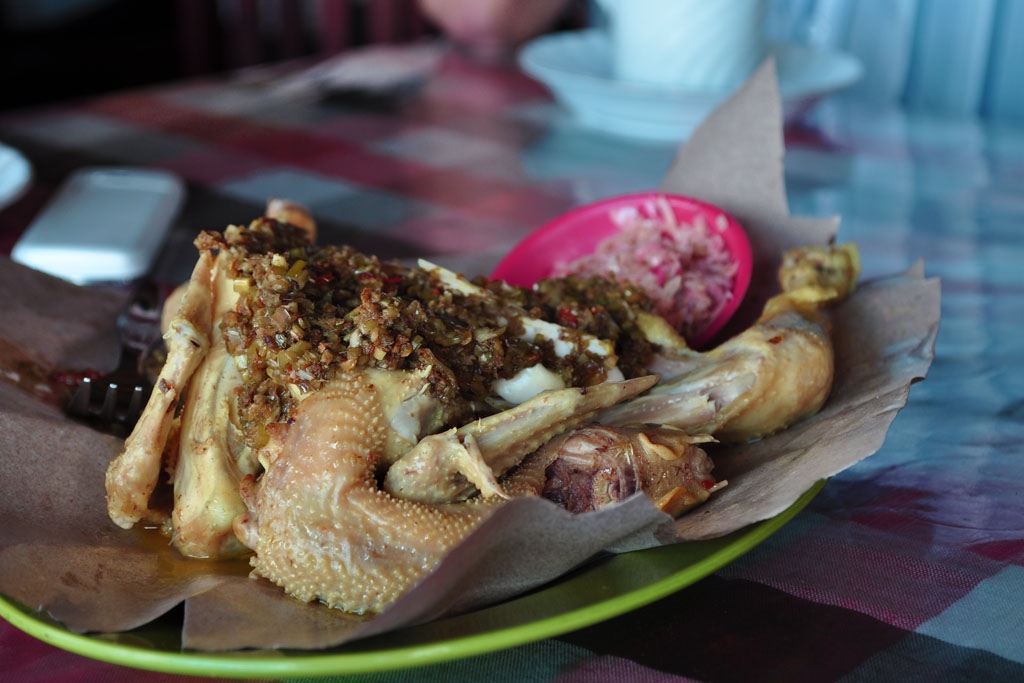
Bali, Indonesia: Ayam Betutu
Melissa Porteus of the blog Little Miss Bali says: “My absolute favourite Balinese dish is Ayam Betutu. It’s a dish with chicken or sometimes duck, which takes at least 24 hours to prepare. It is an incredibly flavoursome dish and can be very spicy, so not for the faint-hearted. It is served with steamed rice and comes with a delicious condiment made from raw onion slices mixed with red chili, lemongrass and coconut oil. Sometimes the dish is accompanied with a spicy broth and cooling cucumber slices. It’s usually served on a banana leaf and wrapped for take-away.
Ayam Betutu is very popular with locals and travellers and can be found all over Bali, including in high-end resorts. I prefer to get mine from the family-run local warungs (roadside cafes). There is one on the busy main street in Kerobokan and also in the trendy area on Jl Petitenget in Seminyak which costs less than 20,000 IDR. Enak Sekali (Delicious!).”
Follow Melissa’s Bali adventures on Facebook and Instagram. [Photo: m4sh.3d/Flickr]
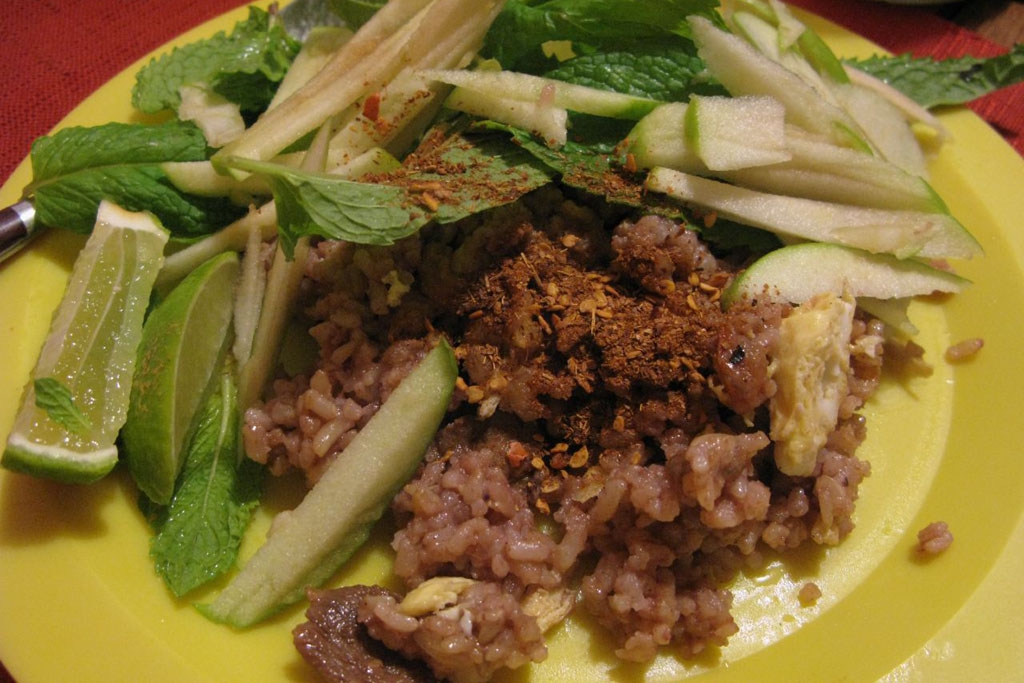
Bangkok, Thailand: Khao Kluk Gapi
Chawadee Nualkhair, aka the ‘Bangkok Glutton’, says: “Central Thai food is all about combining different flavours, textures and even smells to create a more harmonious whole. People always think of dishes like tom yum or green curry when they think of Thai food, but to me one of the most “Thai with a capital T” dishes around is khao kluk gapi, or fried rice in shrimp paste, which forms the basis for most central Thai cuisine.
Besides the fried rice, there are fresh sliced chilies, fresh slivered lime, fresh grated mango, dried shrimp, julienned omelette, minced pork rinds and sugary pork – all the sweet, sour, salty, and spicy flavours people associate with Thai food, presented in an interesting, texturally cool way. You are expected to combine the different ingredients to your own liking, which ends up making every spoonful special.
You can find this dish anywhere, but my favourite version is the food cart directly in front of Baan Phra Arthit on Phra Arthit Road in the Old Town, open at lunchtime. The restaurant Klang Soi also has a nice version.”
Chawadee lives in Bangkok with her husband and two children. Formerly a financial journalist at Reuters, she now writes freelance, mainly about food. Follow Chawadee on Instagram and Twitter.
[Photo: Penny/Flickr]

Buenos Aires, Argentina: Parrillada
Allie Lazar, writer of the blog Pick Up The Fork, says: “Meat is so much more than food in Argentina: it’s the way of life. The parrillada, or mixed grill plate, is made up of a variety of innards and meat cuts served directly from the parrilla (Argentine grill), and usually in a huge portion for multiple people to share. Each steakhouse will serve its own take on the parrillada, a platter overflowing with all different parts of the cow, and could include meaty medleys like chorizo (Argentine sausage), morcilla (blood sausage), asado (ribs), and bife de chorizo (sirloin).
Almost every parrilla (steakhouse) will have the parrillada on the menu. For the best? Try top spots like Don Julio, El Pobre Luis, La Brigada, El Ferroviario or any of these.”
Allie Lazar is a freelance eater and writer based in Buenos Aires. Follow her on Facebook, Twitter, and Instagram. [Photo: Allie Lazar]
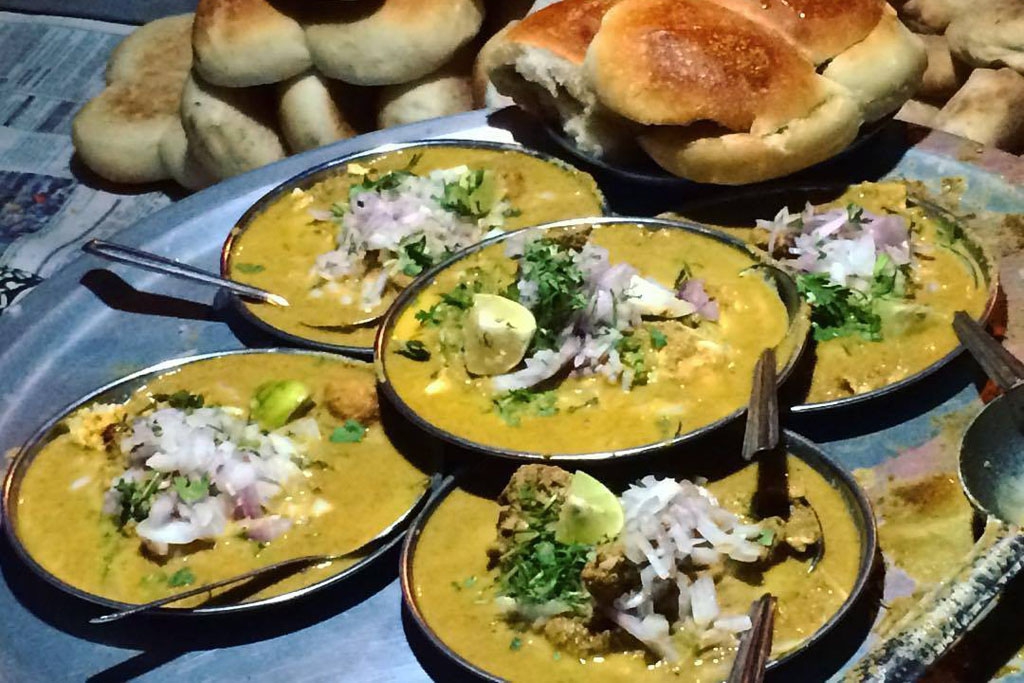
Goa, India: Ross Omelette Pav
Viresh Vazirani of FoodofGoa: “Ross Omelette Pav is a deliciously spicy fried egg garnished with chopped onion and coriander, submerged in a tasty chicken gravy. The meal is served at the street food joints on a steel plate with two toasted, buttered buns. It’s an evening snack that costs less than a dollar (about 40 INR) and is available at small food joints called ‘Gado’. You can try this at Sandeep’s Gado near the Panjim Church in Goa to taste its best rendition.”
Viresh owns a startup in Goa, India, and the project FoodofGoa.com is one of his enterprises. The corresponding Instagram page had already gained 5,000 followers just one month after launch.
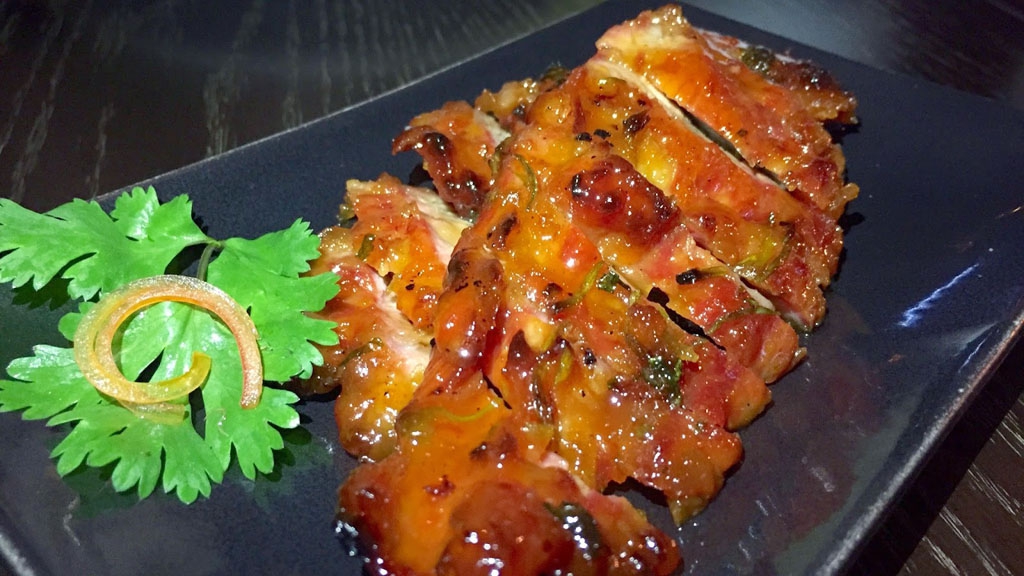
Hong Kong, China: Char Siu
Anthony Clark of Hong Kong food blog Foodmeupscotty.com says: “Char Siu is one of the most popular dishes in Chinese cuisine, literally meaning ‘fork roast’, a traditional way to prepare barbecue pork. It’s prepared in long strips of seasoned boneless pork and is skewered, then cooked over a fire.
The most amazing Char Siu in Hong Kong is from Mott 32, who put a bit of a contemporary spin on the classic dish by using prime Iberico pork and yellow mountain honey. The pork is so tender and full of flavour, and the honey gives the already sweet pork a glaze that lifts it and dances on the back of the palate. Every time I go, this is the first thing I order!
The dish is served all over Hong Kong and China, and while the Mott 32 version of the dish is my favourite, the most authentic Char Siu I’ve had is at another favourite place, Ho Lee Fook – where you can order the dish extra fatty if you choose!”
Anthony is a former Brisbane food blogger now writing about his culinary experiences while living in Hong Kong. Follow him on Facebook and Twitter.
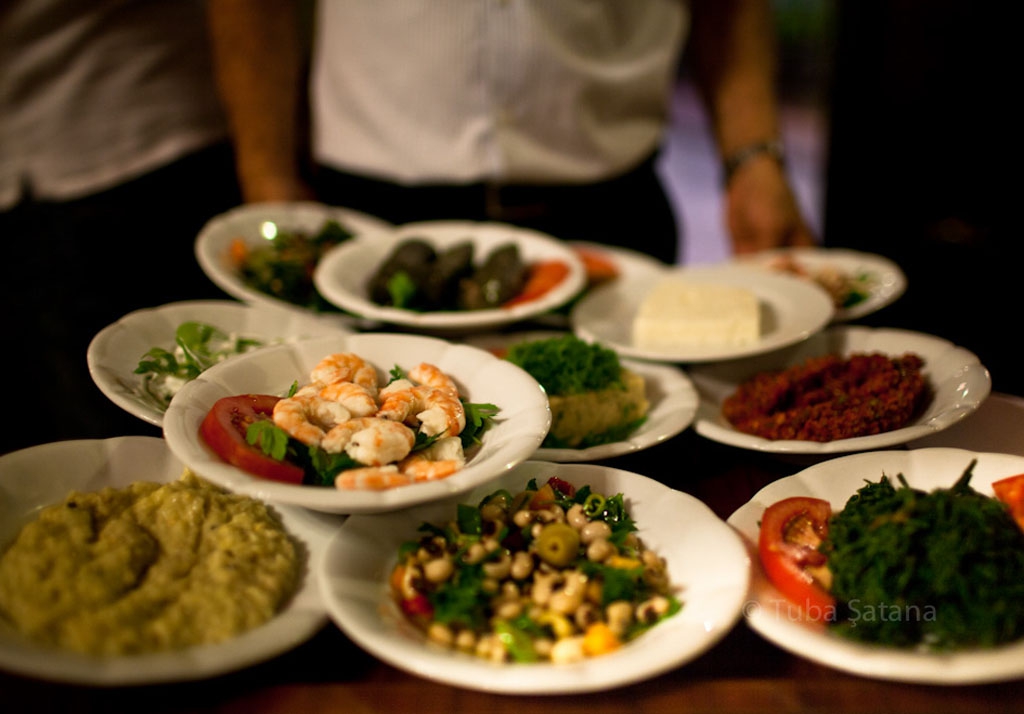
Istanbul, Turkey: Meze
The best way to experience multicultural cuisine of Istanbul is through meze, according to Tuba Şatana of Istanbulfood.com. “Meze is the ultimate definition of sharing a table with loved ones and sipping rakı while having long, long conversations.
Anything can be a meze, from simple to sophisticated food, as long as you share it and enjoy it in small bites while sipping your rakı: lakerda (salted bonito), beyaz peynir (white cheese), melon, pilaki (braised beans), fried vegetables with yogurt or tomato dressing, a crispy salad, octopus salad, shrimps, fava, eggplant salad, it goes on and on.
A meyhane is the place to experience meze and rakı, and Asmalı Cavit is my definite choice.”
Asmalı Cavit: Asmalı Mescit Sokak No: 16/D, Beyoğlu
Istanbul Food is about supporting and emphasising the real, local, genuine food of the city and its people. Tuba also organises food tours. Follow her on Facebook, Twitter, and Instagram.
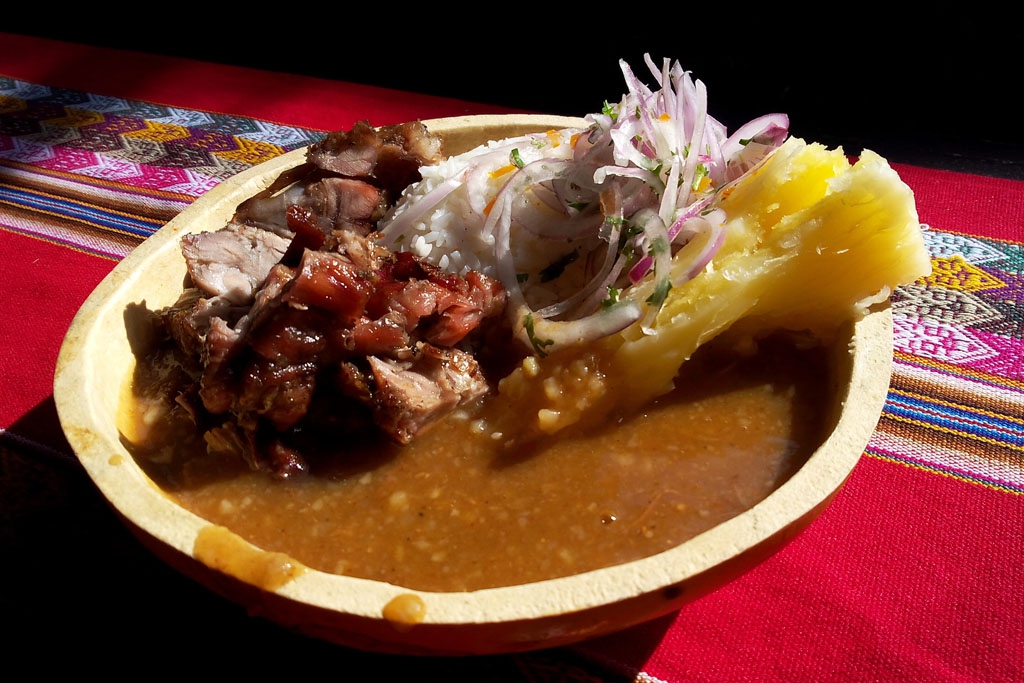
Lima, Peru: Carapulcra
Connie Lee is a co-founder of Lima Te Llena, food tours in Lima. Although seafood ceviche might be the most recognisable Peruvian dish on a foodie’s menu, her favourite is carapulcra: “This is a quintessential stew slow brewed with dehydrated potatoes, succulent pork, panka aji (pepper), and other spices, and served on top of white rice. It now readily references the Afro-Peruvian communities along the dry coastal desert just south of Lima, and yet it is actually a modern rendition of a much older Andean classic. Carapulcra truly embodies the gastronomic evolution that Peru has cultivated over so many centuries of cultural movement.
One of the best places to try carapulcra is in the Afro-Peruvian town of Chincha, about 3.5 hours south of Lima. If you don’t feel like driving so far, there are also a number of ‘haciendas’ (or large countryside complexes popular with friends and families which encompass elaborate restaurants along with diversions on the premises) that serve this rural dish. Carapulcra, at the end of the day, is a provincial dish.”
Real Flavors, Real Peru, is the tagline of Lima te Llena, offering food tours in the Peruvian capital and beyond. Follow them on Facebook and Twitter.
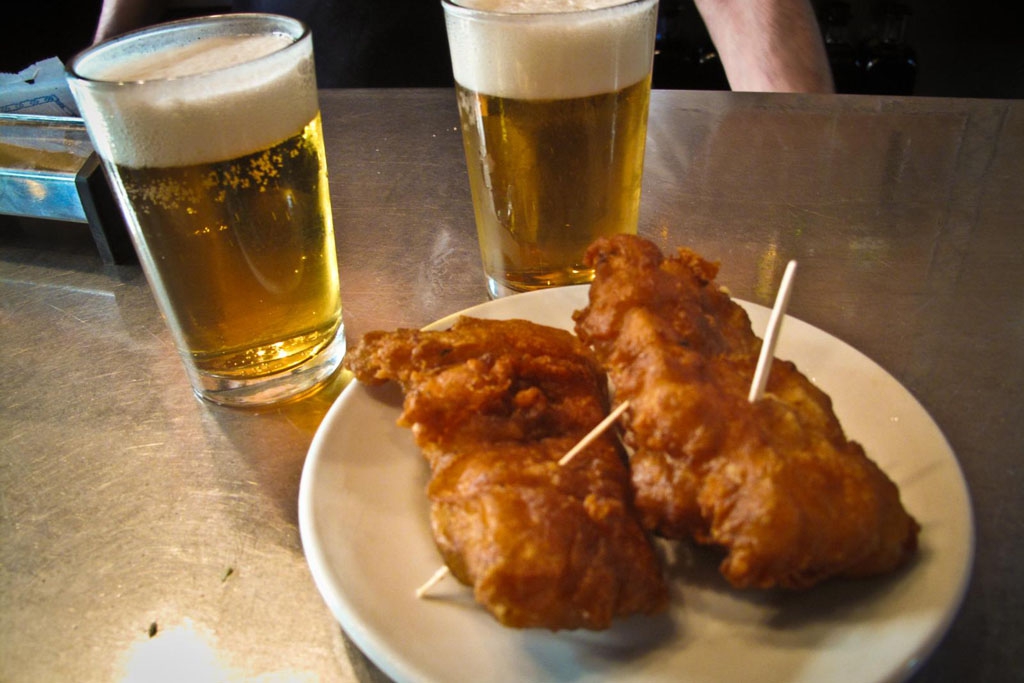
Madrid, Spain: Fried Salt Cod
Lauren Aloise of Spanish Sabores lives in Madrid, which she calls “a food mecca”: you can literally eat from the time you wake up to the time you hit the sheets at night. But if she had to choose just one dish? The fried salt cod from Casa Revuelta.
“It may sound strange to recommend a fish dish in landlocked Madrid, but the city is actually home to the second largest fish market in the world (MercaMadrid), and fish and seafood are a huge part of local gastronomy. Salt cod is cod that’s been salted and dried to preserve it, and that later is desalinated in fresh water before being cooked. It’s an ingredient that is centuries old and became extremely popular in Madrid due to strict Catholic rules about not eating meat. When you order it in a Madrid tapas bar, it comes out piping hot and you wash it down with a small draft beer called a caña. You eat it standing at the bar, elbow to elbow with patrons of all ages. It’s a fantastic food experience.
Casa Revuelta is hands-down my favourite place in the city to enjoy this. It’s a tiny bar; there are only a handful of tables and they’re always occupied. People are constantly shoving their way in – they cram in like sardines, order, eat, pay and leave. The whole experience takes only 10-15 minutes. But it is so worth it!”
Fascinated by the incredible diversity found in Spanish cooking, Lauren Aloise started a food and travel blog called Spanish Sabores, and later founded the food tour company Devour Spain. Follow her on social media: @spanishsabores, @devourspain on Twitter and IG, /spanishsabores /devourspain on FB
[Photo: Adrià García/Flickr]
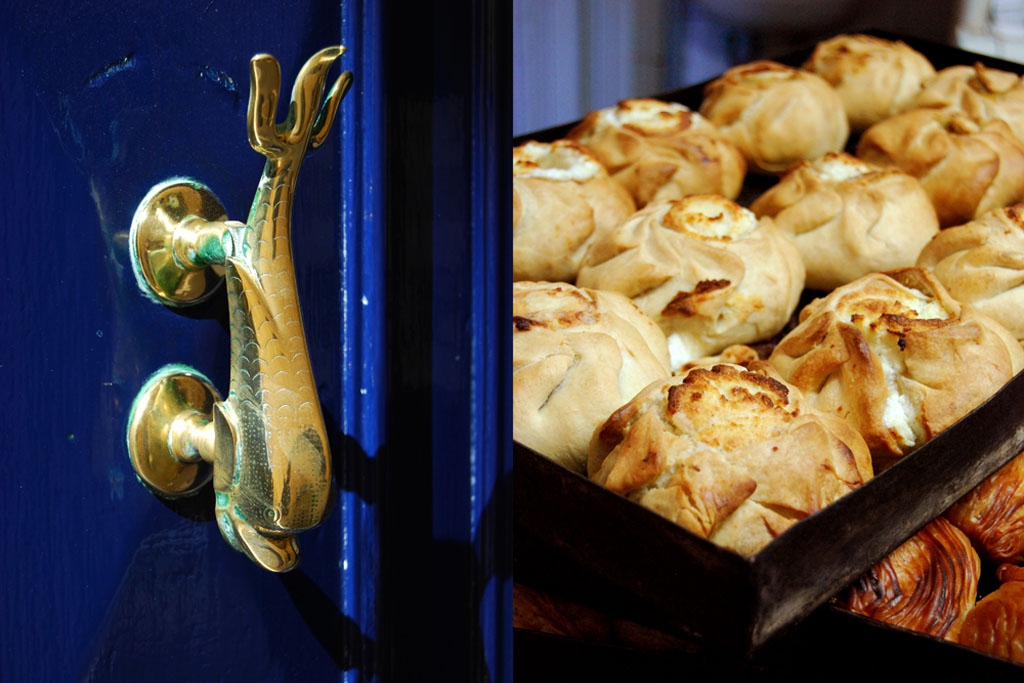
Malta: Pastizzi
Meike Peters, writer of the blog and forthcoming book Eat In My Kitchen, lives in Berlin, Germany, but spends her summers in Malta with her partner’s family. Her must-try dish on this Mediterranean island: pastizzi. “It’s flaky puff pastry filled with ricotta – pastizzi tal-irkotta – or filled with peas – pastizzi tal-pizelli – or qassatat made with shortcrust.
Try them at Muscat Pastizzeria in Msida. To experience a wide range of Maltese food, I recommend the Legligin wine bar in Valletta. The owner, Chris, makes amazing Maltese tapas and has a great selection of Maltese (and foreign) wine. The wines from Meridiana Wine Estate Malta are my favourites!”
Eat In My Kitchen: To Cook, To Bake, To Eat, and to Treat is available for preorder. Follow Meike on Facebook, Twitter or Instagram.
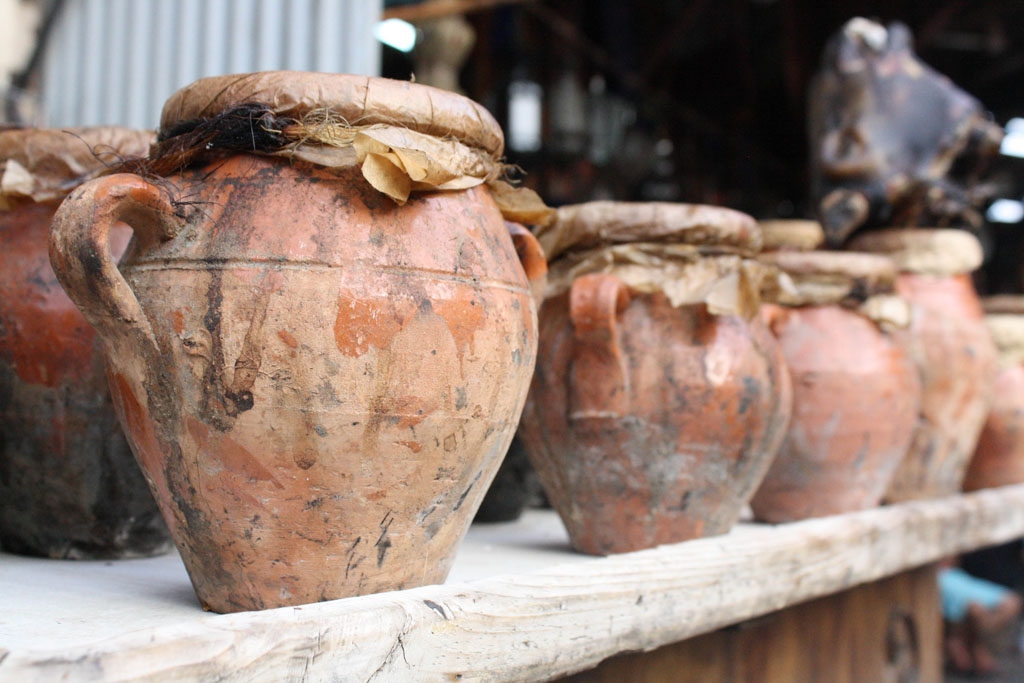
Marrakech, Morocco: Tangia
Amanda Mouttaki, a freelance writer and entrepreneur living in Marrakech, says: “If you want to try one dish in Marrakech it should be tangia (no, not tajine). Tangia is lamb that is slow-cooked in a clay pot (that looks like an urn) overnight until it’s falling apart. Preserved lemons, garlic, saffron and cumin add to the flavour.
The dish has its roots with the men who worked in the souks of Marrakech, and it’s sometimes referred to as the bachelor dish – because it’s so simple to make. The best versions are on Mechoui Alley just off the main square of Jemma al Fna. It’s sold by the weight and eaten with bread. Don’t feel bad if you lick your fingers clean!”
Alongside blogging on MarocMama, Amanda owns and operates Marrakech Food Tours along with her husband, showing visitors where to find the most authentic foods in the Red City. Follow her on Facebook, Twitter, and Instagram.
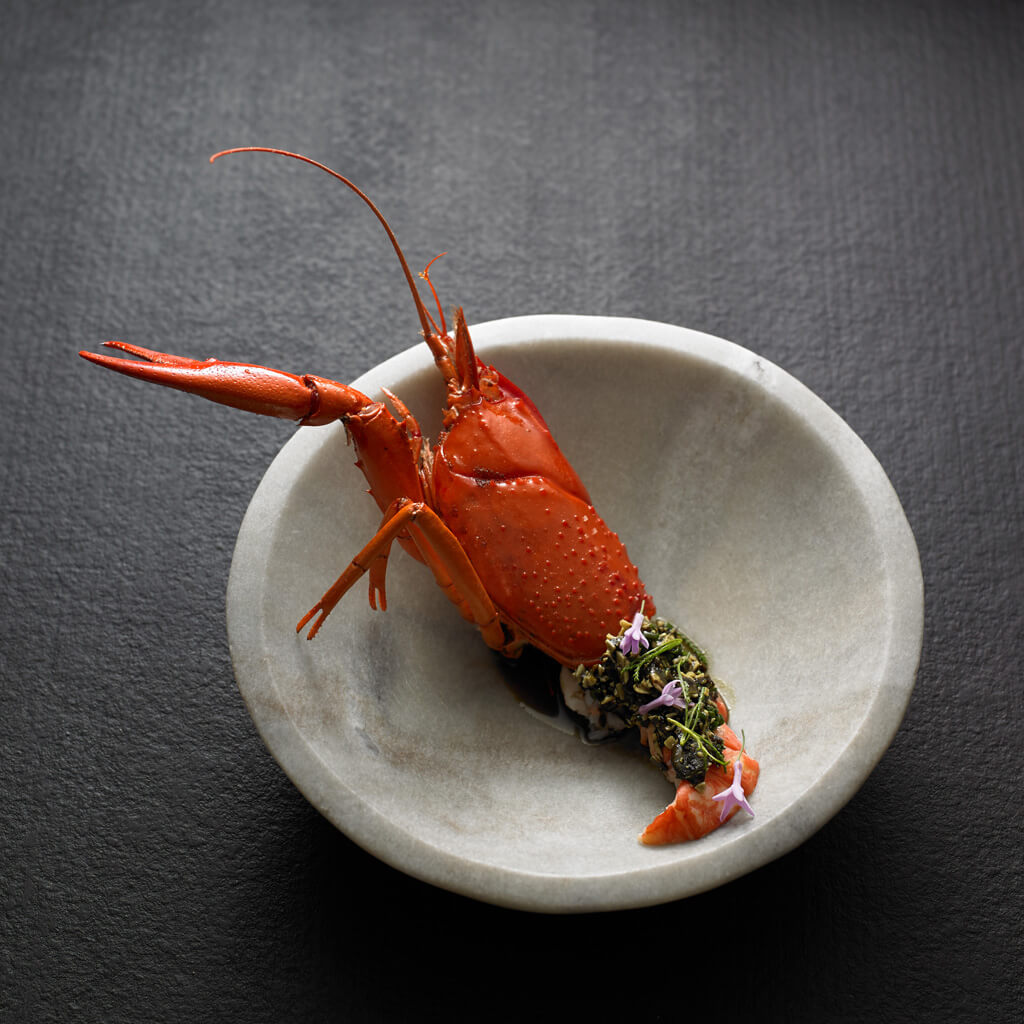
Melbourne, Australia: Marron
David Hagger, author behind the blog The World Loves Melbourne, nominates nominates Marron with Sweet and Sour Pumpkin Seeds at Attica Restaurant (ranked number 33 in recently announced World’s 50 Best) as the must-try dish in his city.
David says: “Luxe Western Australian freshwater crayfish has a mesmerising texture and sweetness. The head removed, the presentation is spectacular with elegant and elongated crayfish draped across the plate. The Ovens pumpkin seeds provides a welcome crunch, with a tantalising sweet and sour dressing. Something simple showcased to perfection with understated brilliance. Other restaurants serve Western Australian Marron, but we believe Attica with chef Ben Shewry serves the best rendition.”
The World loves Melbourne is a food, travel, and lifestyle blog guide celebrating the best of Melbourne including cafes, bars, restaurants, shops and things to do. Follow on Instagram, Facebook or Twitter.
[Photo: Colin Page]
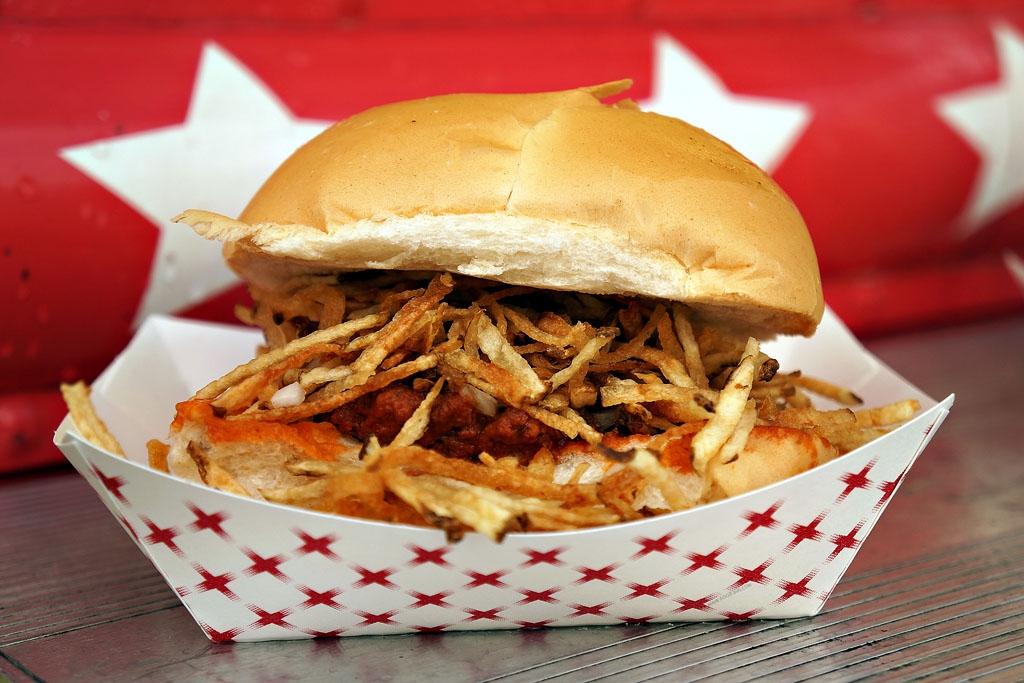
Miami, USA: Frita Cubana
Geoffrey Anderson and Dianne Rubin of the blog Miami Food Pug recommend trying the Frita Cubana.
“Often referred to as a Cuban hamburger, this local favourite is typically comprised of a ground beef patty (sometimes mixed with chorizo), seasonings like paprika and cumin, crispy julienne potatoes, onions, ketchup/tomato paste and a Cuban roll.
Try its most authentic version at El Rey de Las Fritas, which has outposts throughout the city. For under 5 USD, diners can enjoy an original Frita or try several variations like the Frita Dulce, which features sweet plantains.”
Miami Food Pug is an award-winning Miami-based blog that fuses a couple’s love for food and pugs. Follow them on Facebook, Instagram, and Twitter.
[Image: Dianne Rubin/Miami Food Pug]
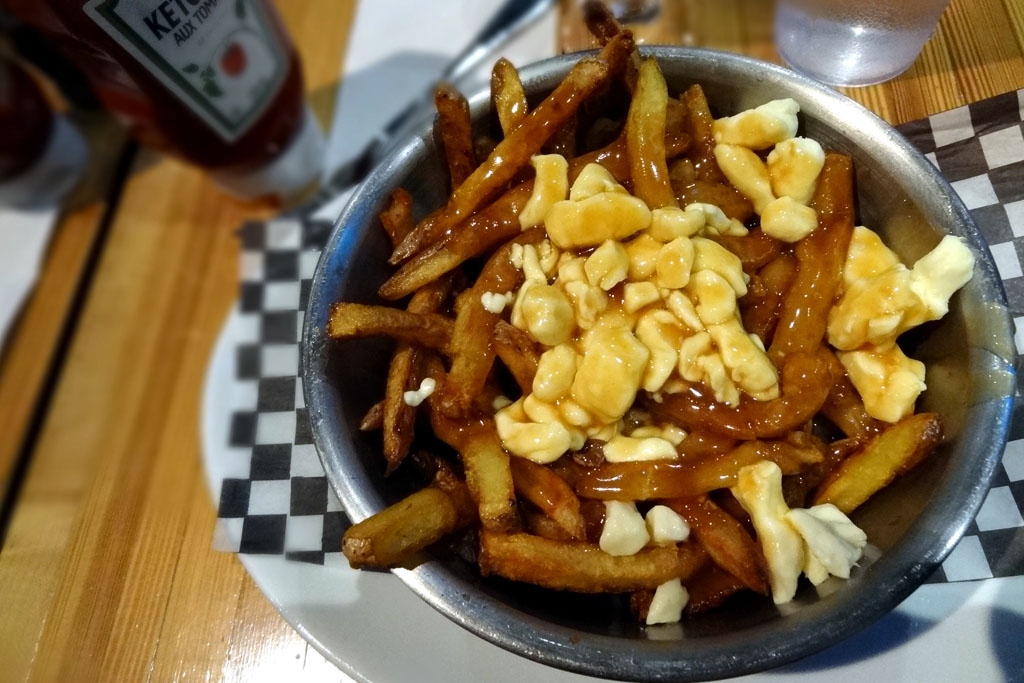
Montreal, Canada: Poutine
When visiting this gastronomic city in Quebec, Canada, you of course have to taste its most popular dish: poutine. Local food blogger An Tran says: “It’s the most decadent mix of crispy fries, decadent gravy and delicious cheese. Try it at The Green Spot, a restaurant serving fries and hot dogs since 1947. Over the years, it has remained true to its old style and neighbourhood feel. The portions are incredibly generous.”
“I’d rather eat than die”, is the tagline of Montreal Food Snob, the blog of Montreal local An Tran. Check out her article: 24 Hours in Montreal and follow her on Facebook and Instagram.
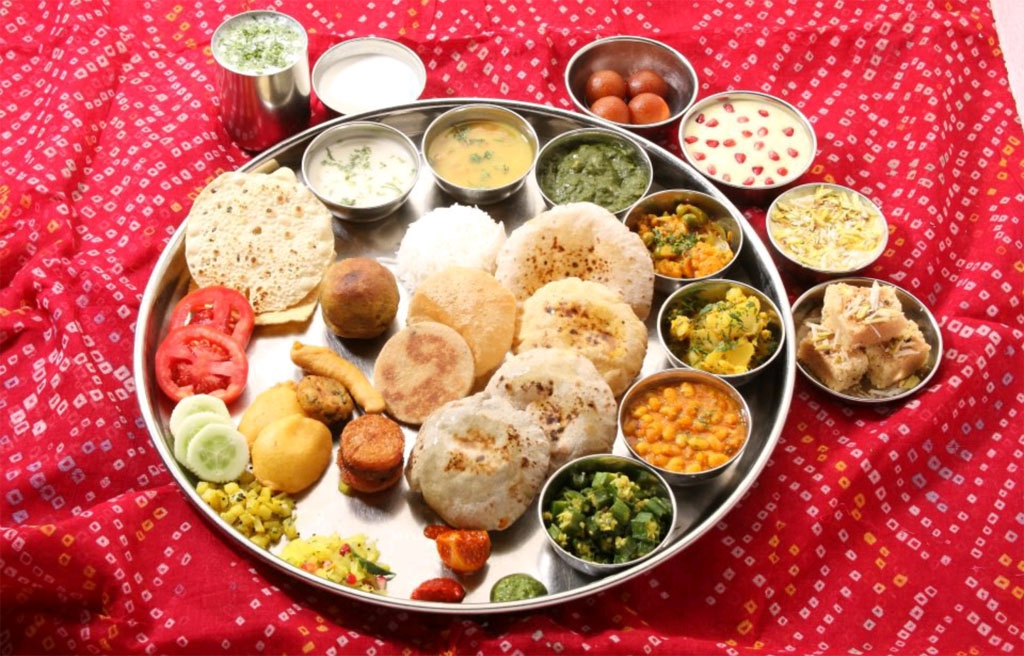
Mumbai, India: Gujarati Thali
Ronak Rajani, aka The Mumbai Foodie recommends the Gujurati Thali at Kalbadevi’s Shree Thaker Bhojanalay. For those who don’t know: a thali is a large round platter with various small dishes, in this case from the state of Gujarat, consisting of unlimited helpings of 4 vegetables and 2 lentil-based dishes. Gujarati snacks, rice, a variety of Indian breads, sweet or salted curd-based drinks and dessert are also a part of this warmly served buffet. Shree Thaker is located in Kalbadevi, a buzzing local mercantile area off Mumbai’s Marine Drive.
The Mumbai Foodie, aka Ronak Rajani, has 130k followers on Instagram drooling over his images of his food finds in the Indian megalopolis. He’s also on Facebook.
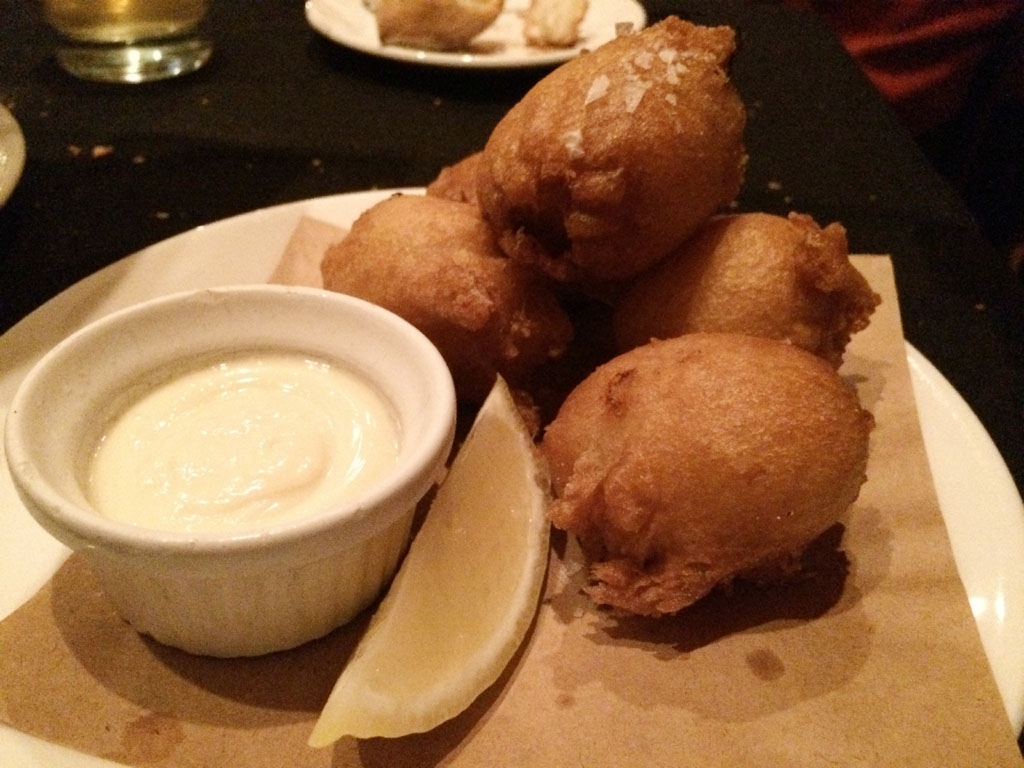
New Orleans, USA: Blue Crab Beignets
NOLA blogger Leslie L. writes Chefsgirl says: “I have so many favourite dishes! One dish that I find myself going back to is at La Petite Grocery, a classic French New Orleans restaurant. I love their blue crab beignets! It’s a combination of NOLA’s two favourite items: a light, crispy baby beignet filled with a chunky blue crab béchamel. You may see other renditions of this elsewhere, but no one beats this one!”
Leslie L. writes Chefsgirl, a blog about the culinary delights in her city of New Orleans and beyond. Follow her on Facebook and Instagram.
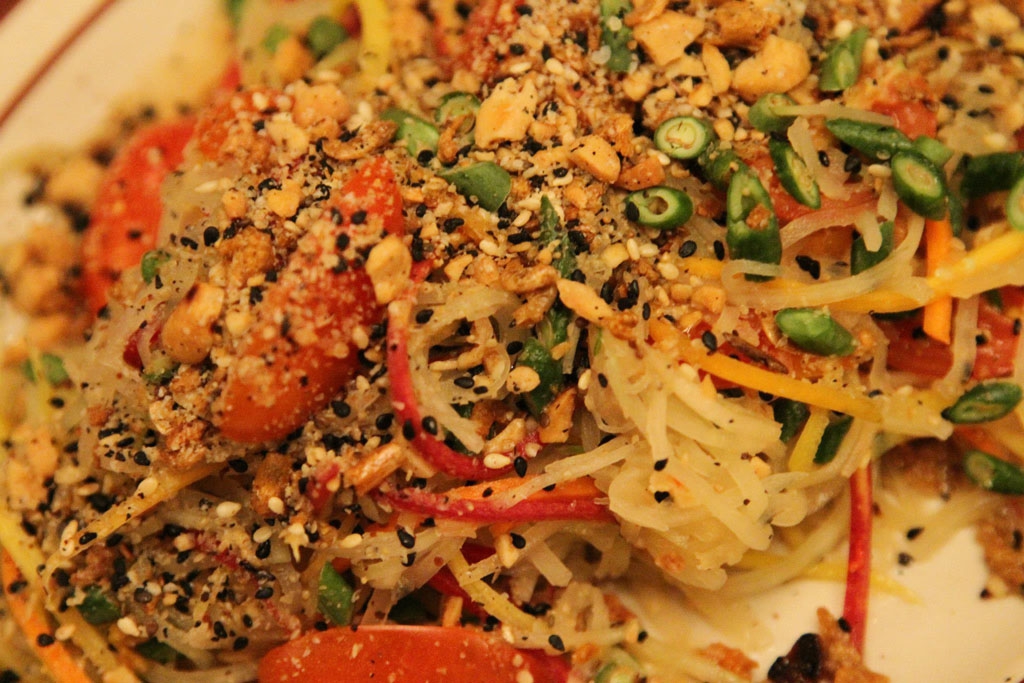
New York City, USA: Crispy Noodle Salad And Beef Ribs
For Alex Reichek of chekmarkeats.com, the Big Apple offers too many good dishes to choose from, but if visitors could only try one, it has to be the Crispy Noodle Salad at Uncle Boons. Okay, two: the beef ribs as well.
“Uncle Boons is one of my favourite restaurants, located in Nolita. Their Crispy Noodle Salad with Cauliflower and the Beef Ribs with Massaman Curry exude so much flavour, you can’t put your fork down. I like the salad for some great vegetables and the beef ribs for a richer dish where the meat falls off the bone.”
Alex Reichek is a restaurant lover, fanatic and connoisseur. She writes about food in her city of New York on her blog chekmarkeats.com. Follow her on Facebook, Twitter and Instagram. [Image: Uncle Boons]
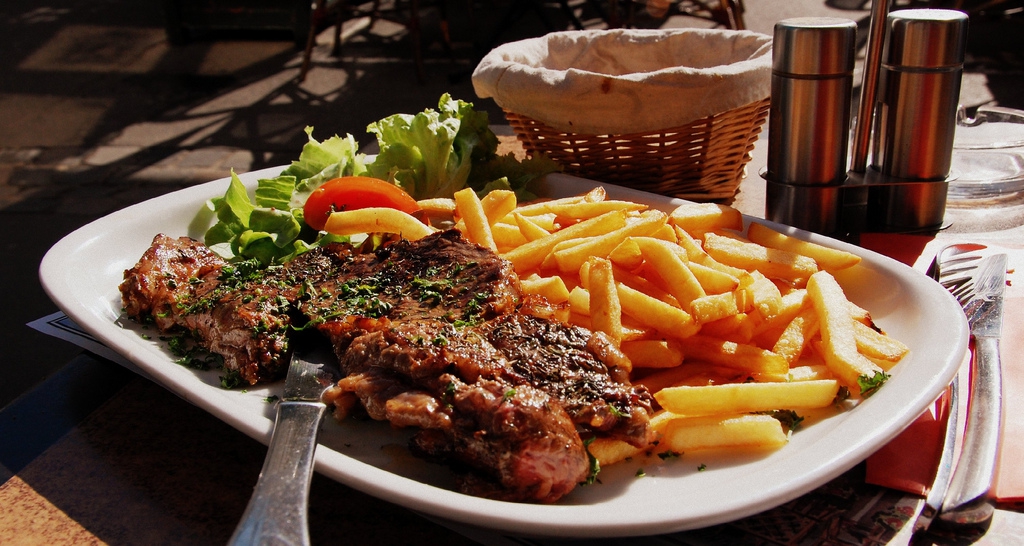
Paris, France: Steak Frites
Paris-based journalist Lindsey Tramuta of Lost in Cheeseland says: “There is little as simple or iconic as the steak-frites (and French language students certainly appreciate the dish for its ease in pronunciation!).
The cut of beef will vary, as will the accompanying sauce (au poivre, Bearnaise, etc.), but the composition is straightforward. Despite being a classic, it hasn’t been prepared with much care in recent years – that is, not outside the walls of La Bourse et La Vie, chef Daniel Rose’s quality bistro with a menu that uses top-shelf ingredients to return the dish to its former glory.”
Lindsey Tramuta writes for The New York Times, Conde Nast Traveler, Afar, and other international publications. Her book “The New Paris” will be released in spring 2017. Follow her on Facebook, Twitter, and Instagram. [Photo: LWYang/Flickr]
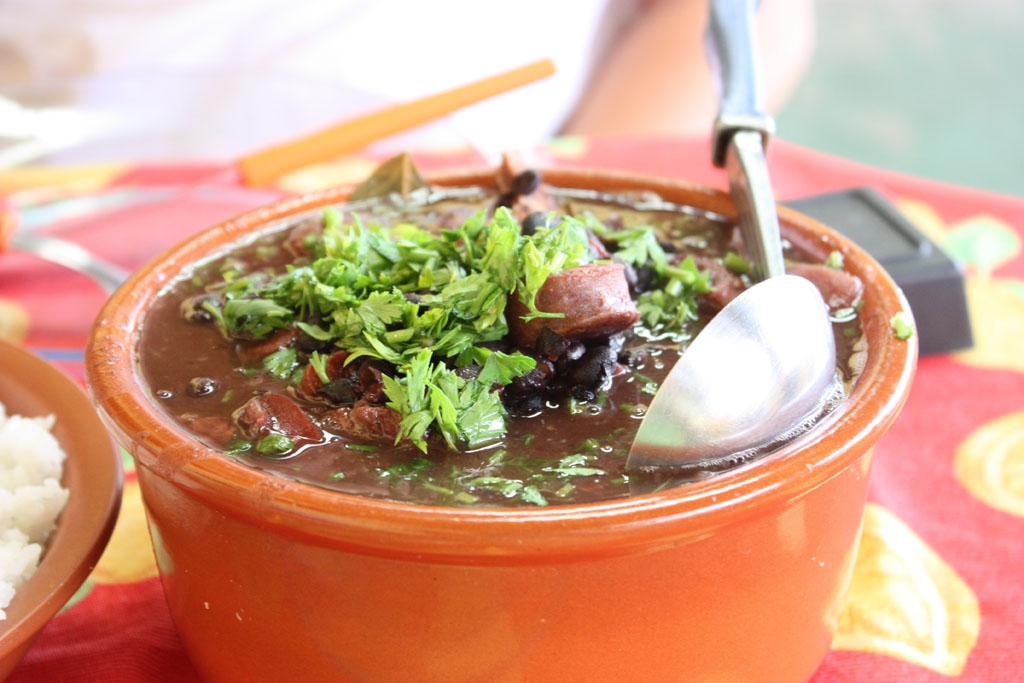
Rio de Janeiro, Brazil: Feijoada
Tom Le Mesurier of Eat Rio says visitors to his city must try Feijoada: “It is a hearty stew of black beans, pork, cured beef and sausage. Traditionally the stew is accompanied by rice, farofa (toasted cassava flour), orange slices (the acid helps counteract the richness of the meat), couve (bitter collard greens – again, the bitterness helps balance out the richness of the meat) and torresmo (crispy pork rinds).
The cuts of pork used in this dish are traditionally the cheaper ones such as ear, tail and trotter – this led to the widely held (though factually inaccurate) belief that this dish was invented by slaves from the unwanted off-cuts discarded by rich slave owners. In fact, the roots of this dish can be traced back to Portugal, Spain and Southern France (compare with the French classic Cassoulet).
A great place to eat Feijoada in Rio is Bar do Mineiro in the Bohemian neighbourhood of Santa Teresa.”
Tom Le Mesurier is the founder of Rio’s first culinary tour business, Eat Rio Food Tours. He also works as a freelance food and travel writer. Visit eatrio.net, or follow them on Facebook, Twitter, and Instagram. Also, check out “24 Hours in Rio de Janeiro“. [Photo: Helder Ribeiro/Flickr]
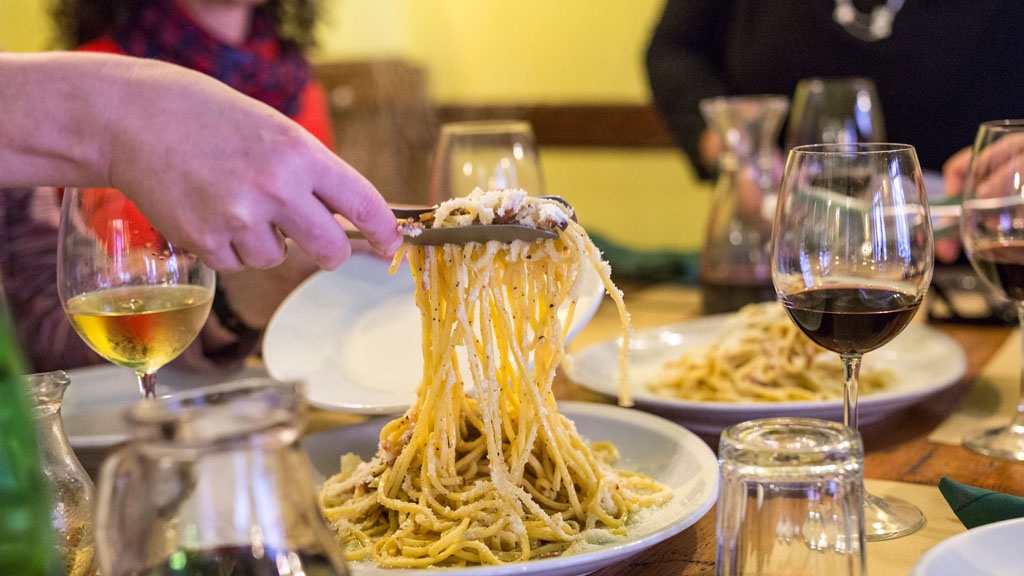
Rome, Italy: Cacio e Pepe
It’s impossible to fully know Rome without ever having tasted pasta cacio e pepe, says Eleonora Baldwin of Casa Mia, Italy Food & Wine Tours: “This is one of the Eternal City’s most representative dishes of traditional cucina povera.
The now trendy cacio e pepe is ubiquitous to trattorias and restaurants in and around the city of Rome. Each place will assure you that theirs is the “true cacio e pepe” describing varying preparation methods to obtain the coveted thick, creamy and voluptuous noodle-coating cheese and pepper ‘cremina’ sauce. It’s no surprise though, since everyone arguing about recipe authenticity or any variation thereof is doing the most authentically Roman thing you can do.
In our opinion, the best version of cacio e pepe in Rome can be found at Flavio al Velavevodetto. The owner of the restaurant, Flavio de Maio, is one of the city’s critically acclaimed masters of cacio e pepe. Cacio e pepe lovers flock to his tables and keep coming back for seconds.
According to Flavio, the apparently simple assembly of pasta tossed with emulsified Pecorino Romano and black pepper, held together by starchy pasta cooking water is no joke. The secret to successful cacio e pepe is in the stirring: it has to be fast and vigorous. The ingredients must be top-notch, but without a proper mixing technique while adding pasta cooking water, cacio e pepe is not cacio e pepe at all.”
Casa Mia Italy Food & Wine organises custom-designed eating and wine tasting adventures in Italy. Follow Casa Mia on Facebook, Twitter, and Instagram.[Photo: Andrea di Lorenzo]
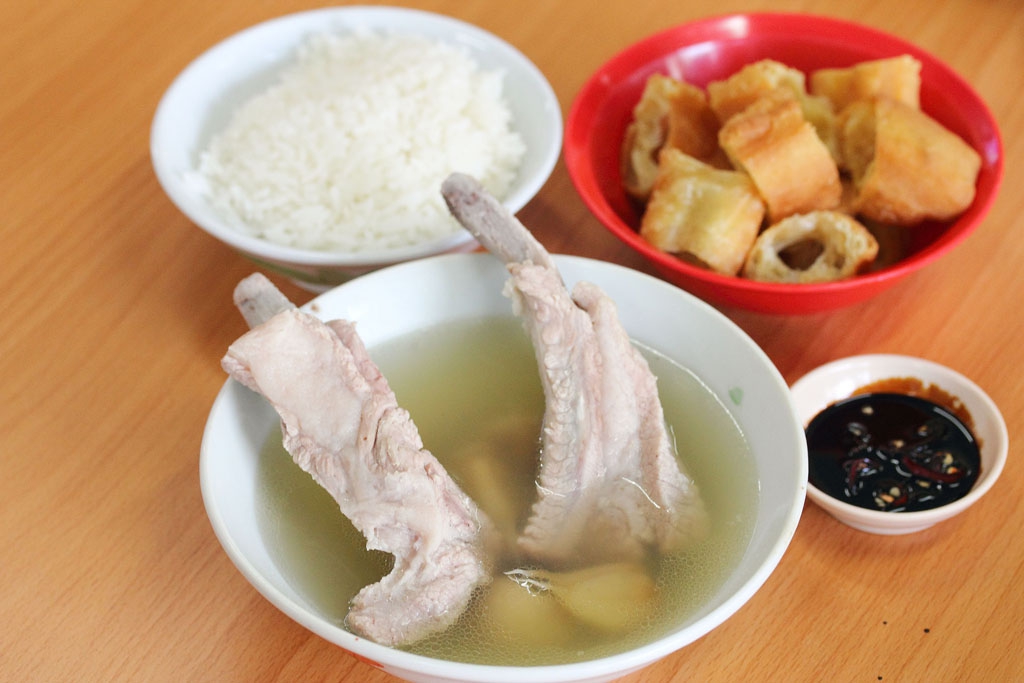
Singapore: Bak Kut Teh
Derrick Tan of sgfoodonfoot.com says a must-try in Singapore is the the bak kut teh (pork rib soup) at the restaurant Lau Ah Tee Bak Kut Teh. “Here they use Indonesian pork for their Bak Kut Teh, which is cooked only in water, pepper and garlic. The result surprisingly is a clear soup with the sweetness of the pork. The full-bodied, garlicky and peppery soup is flavourful but not overpowering. Also try the prime ribs here, more commonly know as dragon bone, which are tender and fall of the bone with ease.
Blk 34 Whampoa West, #01-67, Singapore 330034
Derrick started blogging in 2010 to share food experience that can be found near MRT station, for readers that rely on public transportation, just like him. Follow him on Facebook, Twitter, or Instagram.
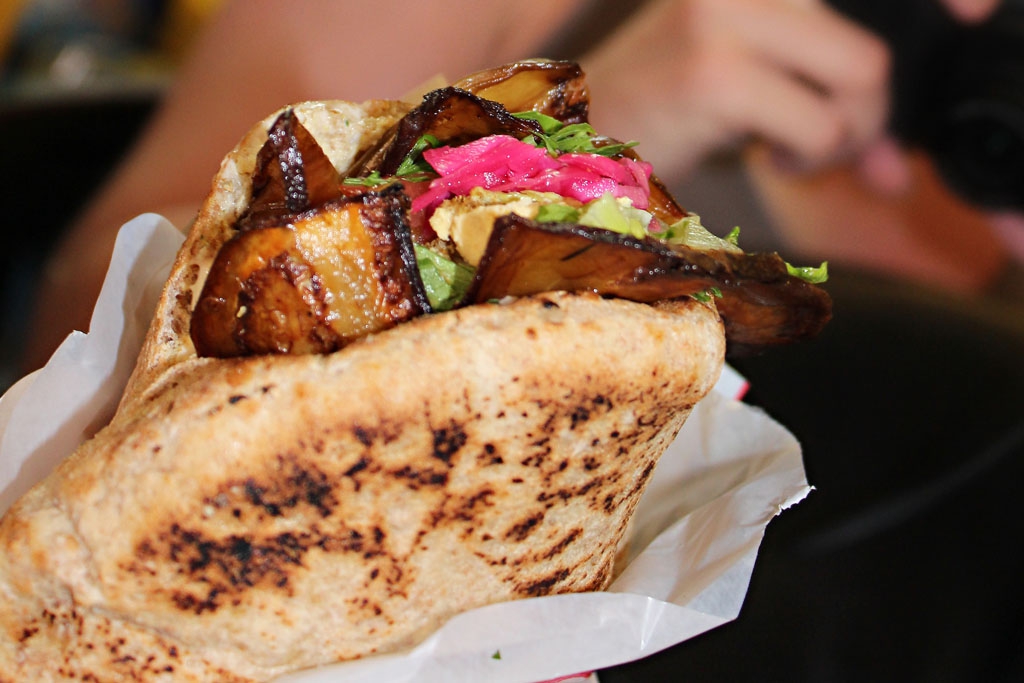
Tel Aviv, Israel: Sabich
Inbal Baum of Delicious Israel: “Sabich is a dish that has not yet garnered the global popularity of our amazing hummus and shakshuka, though it is just as delicious and really speaks to many important values in our cuisine.
Sabich in its basic form is a street food pita sandwich with carefully layered eggplant (sliced and fried), chopped hard-boiled eggs, salad (tomato and cucumber salad as well as cabbage salad) and tehina. On top it is typical to drizzle amba, a savoury mango chutney. The dish is healthy, substantive and provides an explosion of flavours that balances perfectly when served well.
Israeli cuisine is made up of regional foods that we have adopted and perfected, in combination with the ethnic cuisines brought with the diverse immigrants throughout our history. Sabich is the Israeli adaptation of an Iraqi Jewish breakfast dish, which was once typically eaten on Shabbat, but is now a staple of our vegetable-forward way of eating.
Experience the best food, wine, culture of the land of milk and honey with Delicious Israel. Follow them via Facebook, Instagram, and Twitter.
Article by Irene de Vette


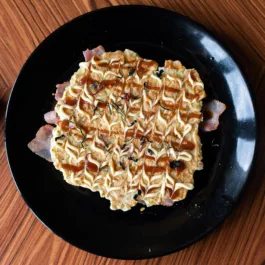


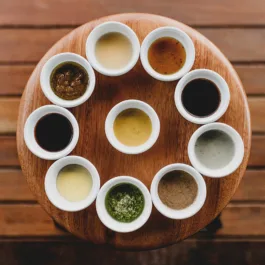

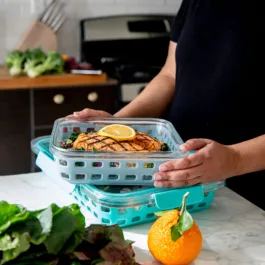
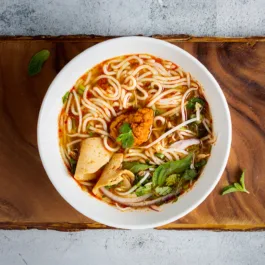
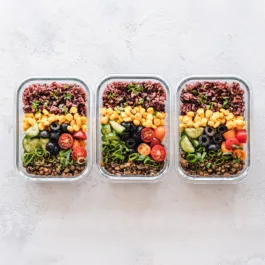
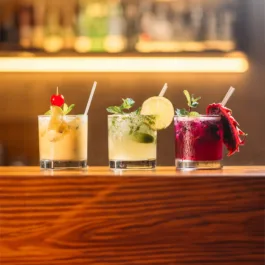
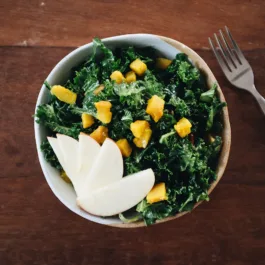


Sorry, the comment form is closed at this time.